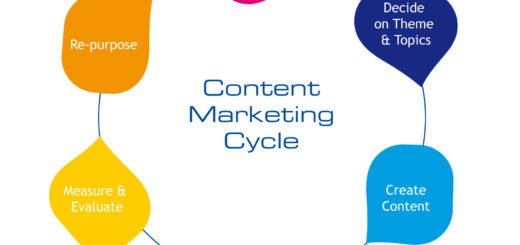Techniques for Professional Presentation of Paperwork
The art of presenting paperwork professionally goes beyond just having good content. A polished look can have a significant impact on the impression your documents make. Whether you’re presenting a report to your boss, handing in a research paper, or submitting a proposal to a client, a professionally presented document can make all the difference. Here’s how you can elevate the look of your paperwork to the next level.
- Use Quality Paper
Start with the Basics
Even before you consider the layout or binding of your paperwork, begin with good quality paper. Thin or flimsy paper can easily get crumpled or torn. On the other hand, a thicker, higher-quality paper not only feels good to the touch but also provides a better surface for printing, ensuring that your content is sharp and legible.
- Binding Matters
Invest in the Right Tools
For presentations, proposals, or important documents, avoid simple staples or paper clips. They can give your documents an unfinished look. Instead, consider using a binding machine. This tool will not only secure your papers together but will also give them a neat, professional appearance. There are various binding styles available, so you can choose one that matches the nature and significance of your document.
- Consistent Formatting
The Power of Uniformity
One of the most overlooked aspects of paperwork presentation is consistency. Uniform margins, standardized font sizes, and consistent spacing can significantly impact how your document is perceived. Always ensure:
- Fonts & Sizes: Use a consistent font throughout your document. Stick to one or two fonts – one for headings and another for the content. Also, maintain a consistent font size for similar sections.
- Headers & Footers: Including a header or footer can add a touch of professionalism to your document. This can include the title of your document, page numbers, or any other relevant information.
- Spacing: Consistent spacing between lines, paragraphs, and sections makes your document look neat and easy to read.
- Use of Graphics and Images
Visual Enhancement
Graphics and images can enhance your content, making it more engaging and easier to understand. But remember, quality over quantity is the key:
- High-Resolution Images: Always use high-resolution images to prevent them from looking pixelated or blurry when printed.
- Relevance: Every image or graphic should add value to your content. Avoid using them just for the sake of filling space.
- Captions: Include captions or descriptions for your images. It provides context and helps in understanding the relevance of the image to the content.
- Proofread Thoroughly
Error-free is the Way to Be
No matter how beautifully you’ve presented your paperwork, typographical errors or grammatical mistakes can instantly diminish its professional appearance. Before finalizing:
- Spell Check: Use software tools to run a quick spell check.
- Peer Review: Having a second pair of eyes can help catch errors you might have missed.
- Read Aloud: Reading your content aloud can help identify awkward phrasing or mistakes that might have gone unnoticed.
- Include a Table of Contents
Guide Your Readers
For lengthy documents, a table of contents is invaluable. It gives readers a roadmap of your content, allowing them to easily locate specific sections or information. Ensure that your table of contents is:
- Clear: Use straightforward titles for each section.
- Accurate: Ensure page numbers listed correspond correctly to the sections.
- Use Covers and Dividers
Separate and Protect
For multi-section documents or lengthy reports, dividers can be an excellent tool to separate different sections, making the document more user-friendly. Additionally, a good quality cover can protect your paperwork and provide a sneak peek into the content, ensuring the first impression is a positive one.
Final Thoughts
The way you present your paperwork speaks volumes about your professionalism. It’s the wrapping paper to your content gift. By investing a little extra time and effort in the presentation, you’re not just making your document look good, but you’re also ensuring that the content gets the attention it deserves. Remember, in the professional world, details matter. So, the next time you’re about to hand over a document, give it a once-over and ask yourself, “Is this the best representation of my work?” If not, use these techniques to elevate it to the next level!




